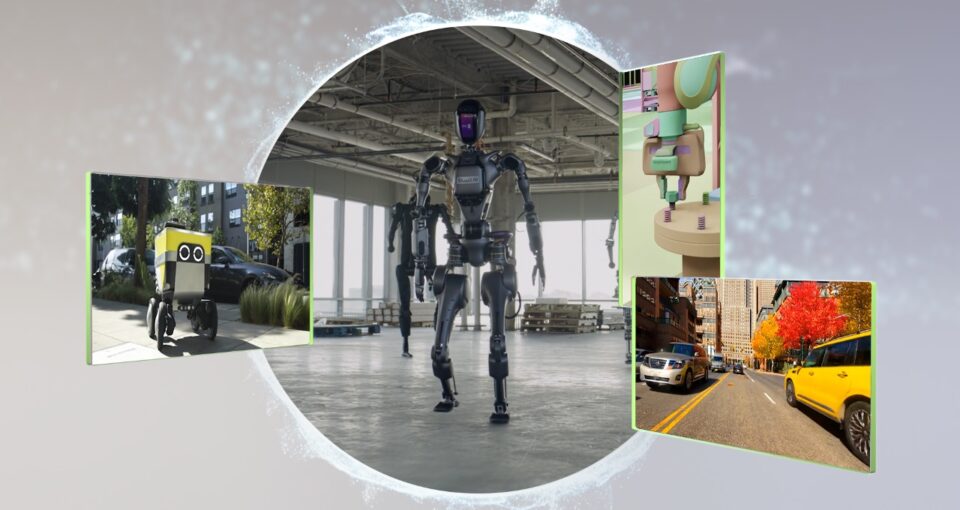
Physical AI models — which power robots, autonomous vehicles and other intelligent machines — must be safe, generalized… Read Article

Physical AI models — which power robots, autonomous vehicles and other intelligent machines — must be safe, generalized… Read Article
Monday, Oct. 27, 12:30 p.m. ET How Medium-Sized Cities Are Tackling AI Readiness 🔗 A panel discussion today at GTC Washington, D.C., highlighted a public-private initiative to invigorate the economy… Read Article
To democratize access to AI technology nationwide, AI education and deployment can’t be limited to a few urban tech hubs — it must reach every community, university and state. That’s… Read Article
AI is moving from the digital world into the physical one. Across factory floors and operating rooms, machines are evolving into collaborators that can see, sense and make decisions in… Read Article
Furthering its deep commitment to open source, NVIDIA is unveiling new open-source AI technologies for language, robotics and biology — contributing to an open ecosystem that broadens access to AI… Read Article
This year’s ROSCon conference heads to Singapore, bringing together the global robotics developer community behind Robot Operating System (ROS) — the world’s most widely adopted open framework for building robots…. Read Article
Building robots that can effectively operate alongside human workers in factories, hospitals and public spaces presents an enormous technical challenge. These robots require humanlike dexterity, perception, cognition and whole-body coordination… Read Article
AI models are advancing at a rapid rate and scale. But what might they lack that (most) humans don’t? Common sense: an understanding, developed through real-world experiences, that birds can’t… Read Article
Robots around the world are about to get a lot smarter as physical AI developers plug in NVIDIA Jetson Thor modules — new robotics computers that can serve as the… Read Article